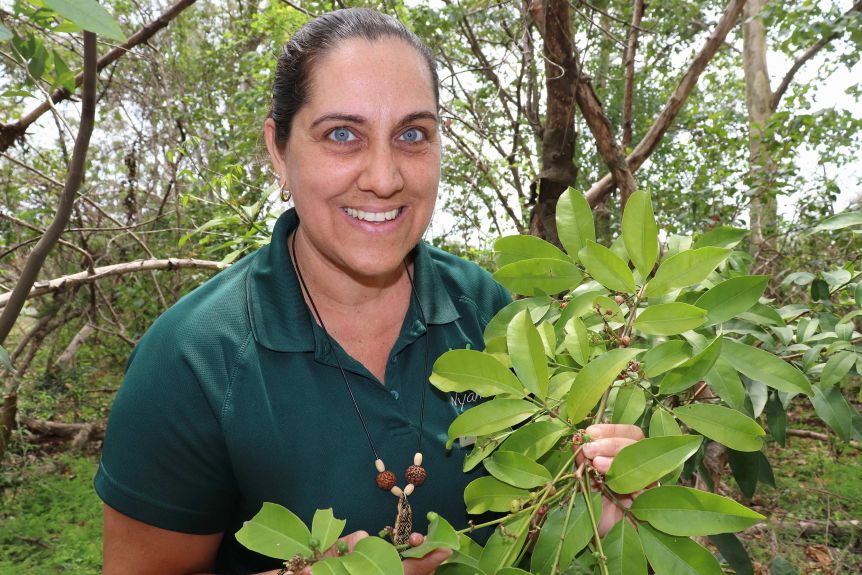THE AGE OF DUST

Australia is in the grip of a ‘dust age’, a five year-long spell in which the winds sweep tens of megatonnes of topsoil from the face of the continent.
“Dust is a measure of the care we are taking of Australia, just as the sediment in a river reveals how you are looking after its catchment,” says Professor Grant McTainsh, who heads the dust research team in the Desert Knowledge Cooperative Research Centre.
“Up till 2001, we thought we were getting better at it, based on the previous 40 years’ data. Then a major dust era erupted, from 2002-04, which still persists in NSW and parts of northern SA and western Queensland.”
A single giant dust storm took 4.85 million tonnes of soil, Prof. McTainsh and colleague Dr John Leys, calculated. In the same year 20 other events took over a million tonnes apiece. Accentuating the continent’s violent contrasts they recently observed a huge dust plume rising right alongside a flooding creek.
One of the reasons Prof. McTainsh and his team can be so precise about the scale and origin of dust storms is a newly-formed network of ground observers spread across the continent who supplement the satellite imagery with details of the dust colour (indicating its origin and composition) visibility (indicating volume) and wind direction, things not easy to determine from space.
The Dust Watch network was established in 2002 in NSW by Dr Leys from the NSW Dept of Infrastructure, Planning and Natural Resources and Prof McTainsh from Griffith University. Today it has 200 volunteers – mainly enthusiastic pastoralists – who report in whenever they see a dust storm brewing. Some race it in their utes to assess its speed and use fencelines to calculate visibility.
The network has also given rise to the “dusties”, a new inland …








